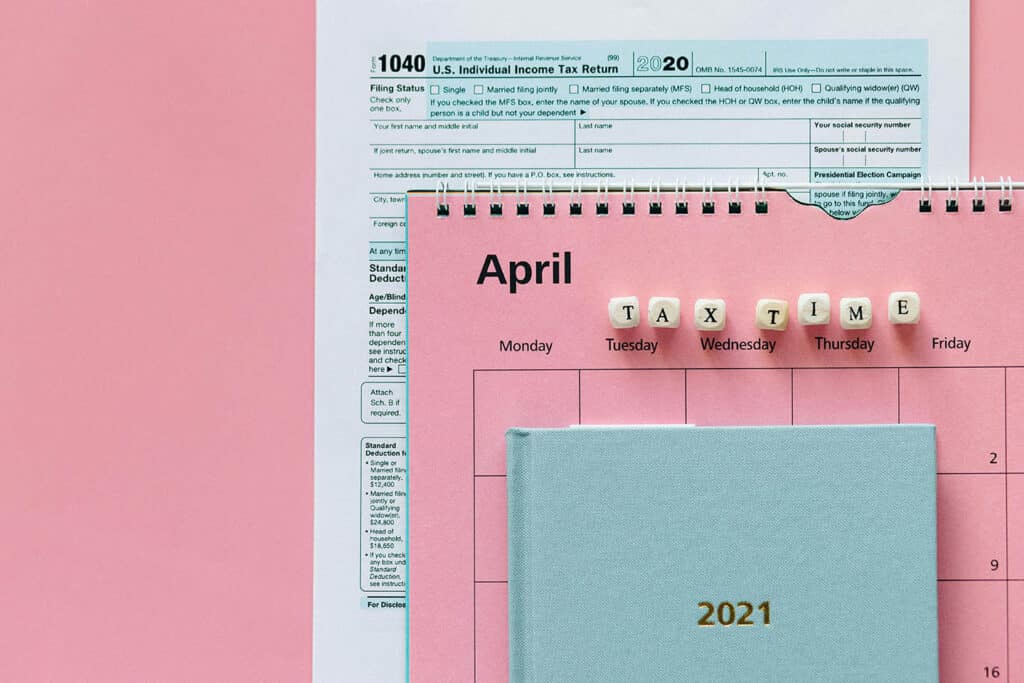
Feeling overwhelmed by life’s demands and seeking a way to manage your well-being more effectively?
You’re not alone in your quest for balance and self-care. Many individuals struggle to find time for themselves amidst their busy schedules.
We are here to help you navigate the journey of self-care with a structured approach. With years of experience in wellness planning, I understand the challenges you face and have the tools to guide you.
In this article, we’ll explore how a self-care planner can transform your daily routine. From setting intentions and identifying needs to creating routines and choosing activities, you’ll learn how to prioritize your well-being effectively.
Imagine a life where you manage stress, track your progress, and cultivate a fulfilling self-care routine. With the right planner, this transformation is within your reach. Continue reading to discover how a self-care planner can become your ally in achieving holistic health.
Here are 4 self-care routines to help you maintain a balanced and healthy lifestyle:
1. Daily Self-Care: Engage in activities like mindfulness meditation, healthy eating, physical exercise, and ensuring adequate sleep to support your overall well-being every day.
2. Weekly Self-Care: Take time for a digital detox, social connections, hobbies, and organizing your living space to maintain balance and reduce stress each week.
3. Monthly Self-Care: Reflect on your goals, indulge in something special, learn new skills, and review your finances to stay motivated and organized every month.
4. Yearly Self-Care: Schedule health check-ups, plan a vacation or retreat, set new goals, and declutter your living and workspace to start the year fresh and energized.
1. Self-Care Planning

Self-care planning is more than just a tool; it’s a lifestyle enhancer. By incorporating a self-care planner into your daily routine, you gain a powerful ally in managing your well-being. These planners provide structured pages for tracking sleep patterns, mood fluctuations, and daily activities.
They help prioritize self-care activities, ensuring you stock up on essential moments of rest and relaxation.
With their structured format, self-care planners offer a systematic approach to wellness, guiding you through journaling exercises, mood tracking, and goal setting. Learn the structure of a care planner and take charge of your holistic health journey today.
Here’s a list explaining what self-care planning entails:
- Setting Intentions: Establishing clear goals for self-care.
- Identifying Needs: Recognizing personal health requirements.
- Creating Routines: Developing regular self-care schedules.
- Choosing Activities: Selecting rejuvenating practices.
- Time Management: Allocating dedicated self-care time.
- Prioritization: Making self-care a top priority.
- Adaptability: Adjusting plans as needed.
- Accountability: Ensuring follow-through on self-care commitments.
- Reflection: Evaluating the impact of self-care efforts.
- Continuous Improvement: Iteratively refining self-care approaches.
2. Benefits of Self-Care Planner
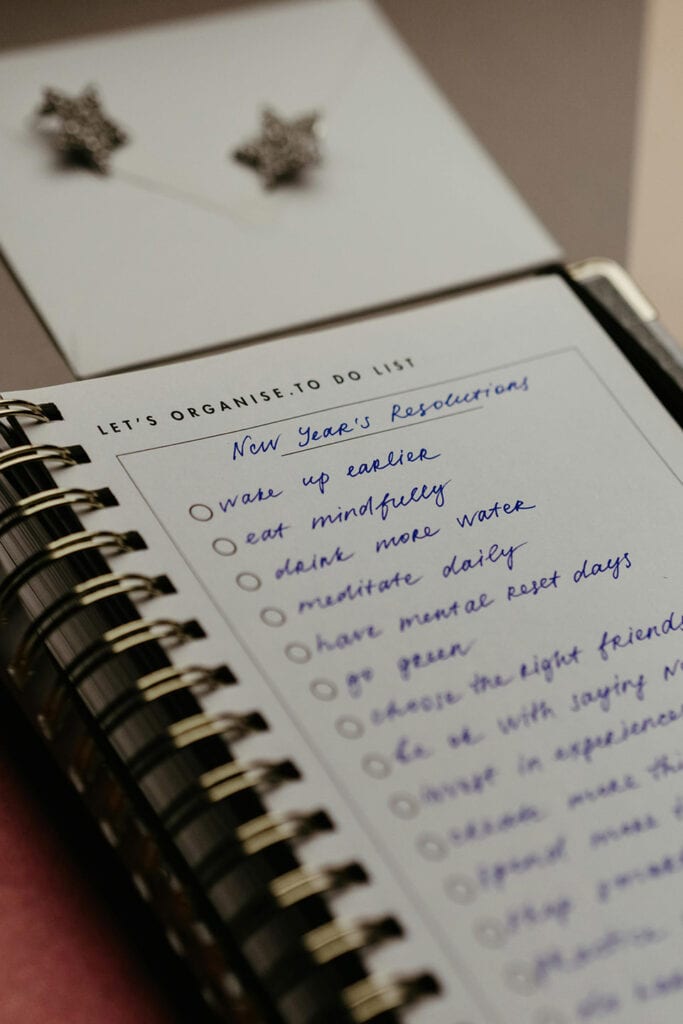
Using a self-care planner offers a multitude of benefits in nurturing your overall well-being. With features like wellness trackers and undated planners, it provides a flexible framework for organizing self-care activities and setting wellness goals.
With the guidance of a self-care planner, you can enhance your physical, mental, and emotional wellness, leading to a more balanced and fulfilling life.
Whether it’s a simple self-care journal or a dusty rose life planner, these tools help you prioritize self-care among life’s demands. By incorporating care planners into your routine, you can cultivate mindfulness and intentionality in your self-care practices.
Here are 10 benefits of using a self-care planner:
- Organization: Helps in structuring and organizing self-care activities.
- Consistency: Encourages regular practice of self-care routines.
- Prioritization: Assists in prioritizing self-care alongside other responsibilities.
- Awareness: Increases mindfulness of personal well-being needs.
- Motivation: Provides motivation to maintain self-care habits.
- Goal Setting: Facilitates setting achievable self-care goals.
- Tracking Progress: Allows tracking of progress and adjustments.
- Stress Management: Reduces stress through planned relaxation techniques.
- Improved Health: Contributes to overall physical and mental health.
- Self-Reflection: Promotes self-reflection and mindfulness practices.
3. Setting Self-Care Goals and Planner
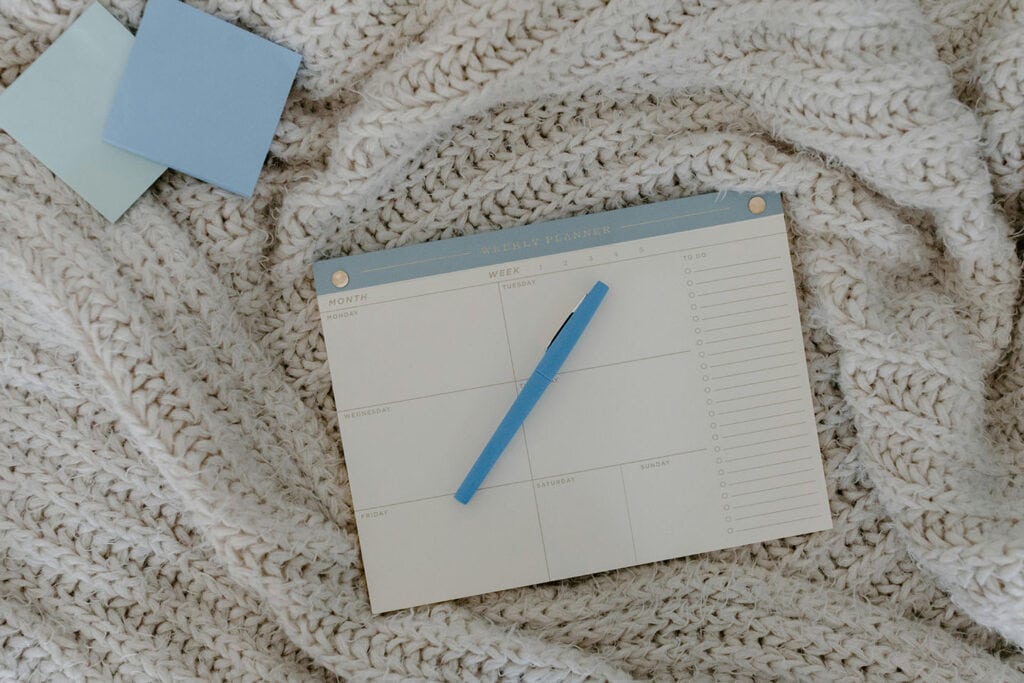
Setting your self-care goals is an essential step in harnessing the power of self-care planners to enhance your lifestyle and well-being. Whether it’s prioritizing fitness, improving mental health, or cultivating healthier habits, self-care planners provide the tools you need to achieve your aspirations.
Begin by creating a dedicated space for reflection and goal-setting within your planner. Consider your priorities and current habits, and envision the lifestyle you aim to achieve.
Break down your goals into manageable tasks and assign them to specific days or weeks.
Utilize the colorful new features of your planner to make this process engaging and motivating. With consistent reflection and planning, you can overcome struggles and create a healthier, more fulfilling life.
Daily Self-Care
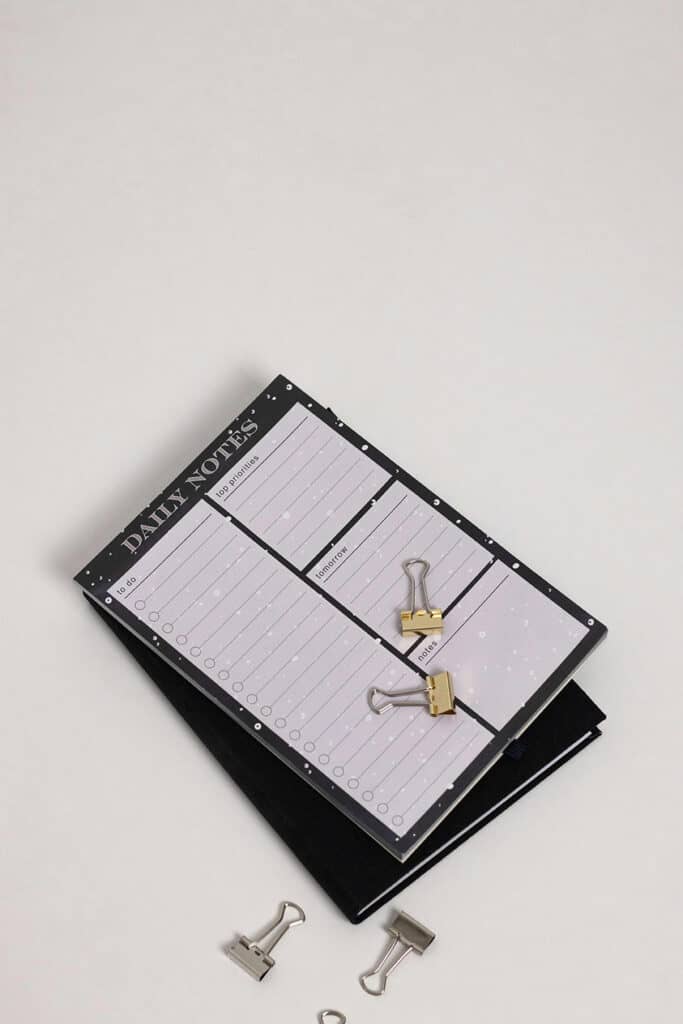
Daily self-care is essential for maintaining overall well-being and cultivating a healthy lifestyle. Incorporating self-care activities into your daily routine can have a profound impact on your physical, mental, and emotional health.
Start your day with exercise or fitness activities to energize your body and boost your mood. Creating a habit of staying hydrated by drinking water or herbal tea throughout the day promotes hydration and detoxification.
Set boundaries with social media to create space for meaningful connections and reduce screen time. Use self-care reminders in your planner to prioritize sleep, skincare, and healthy food choices.
By actively engaging in daily self-care, you equip yourself with the tools to navigate life’s challenges and prioritize your health and happiness.
Here are 10 daily self-care activities along with tips on how to achieve them:
- Morning Meditation: Spend 10-15 minutes in quiet reflection to start your day with a clear mind.
- Tips:
- Find a quiet space where you won’t be disturbed.
- Use guided meditation apps or calming music if needed.
- Focus on deep breathing and letting go of thoughts.
2. Exercise Break: Engage in physical activity to boost mood and energy levels.
- Tips:
- Choose activities you enjoy, like jogging, yoga, or dancing.
- Set aside 20-30 minutes daily for exercise.
- Mix up routines to keep it interesting.
3. Healthy Meal Preparation: Plan and prepare nutritious meals to support overall well-being.
- Tips:
- Plan meals ahead to avoid unhealthy choices.
- Include a variety of fruits, vegetables, lean proteins, and whole grains.
- Use cooking as a mindful activity to relax and nourish.
4. Digital Detox: Take breaks from screens to reduce stress and improve focus.
- Tips:
- Set specific times to disconnect from devices.
- Engage in offline hobbies like reading or walking.
- Use apps to monitor and limit screen time.
5. Journaling: Reflect on thoughts and emotions to promote self-awareness.
- Tips:
- Write freely without worrying about grammar or structure.
- Focus on positive aspects or areas for personal growth.
- Incorporate gratitude lists or affirmations.
6. Hydration Focus: Drink enough water throughout the day for physical and mental well-being.
- Tips:
- Carry a reusable water bottle for easy access.
- Set reminders or use apps to track daily intake.
- Include hydrating foods like fruits and vegetables.
7. Evening Wind-Down Routine: Establish calming activities to prepare for restful sleep.
- Tips:
- Avoid screens an hour before bed.
- Practice relaxation techniques like deep breathing or gentle stretching.
- Create a soothing environment with dim lighting and comfortable bedding.
8. Connect with Loved Ones: Foster relationships for emotional support and fulfillment.
- Tips:
- Schedule regular calls or meetups with friends and family.
- Share meaningful conversations and experiences.
- Express appreciation and actively listen to others.
9. Mindful Breaks: Take short breaks throughout the day to reset and reduce stress.
- Tips:
- Practice mindfulness techniques like mindful breathing or body scans.
- Step away from work or tasks to focus on the present moment.
- Use breaks to stretch, walk, or simply enjoy a quiet moment.
10. Bedtime Ritual: Establish a relaxing routine to signal your body it’s time for sleep.
- Tips:
- Set a consistent bedtime and wake-up time.
- Dim lights and avoid stimulating activities.
- Practice relaxation methods such as reading or taking a warm bath.
Incorporating these activities into your daily routine can significantly enhance your overall well-being and resilience to stress. Adjust them based on your preferences and schedule to create a personalized daily self-care plan.
See also Life Planning: Setting Goals, Defining Values, and Finding Purpose
Weekly Self-Care
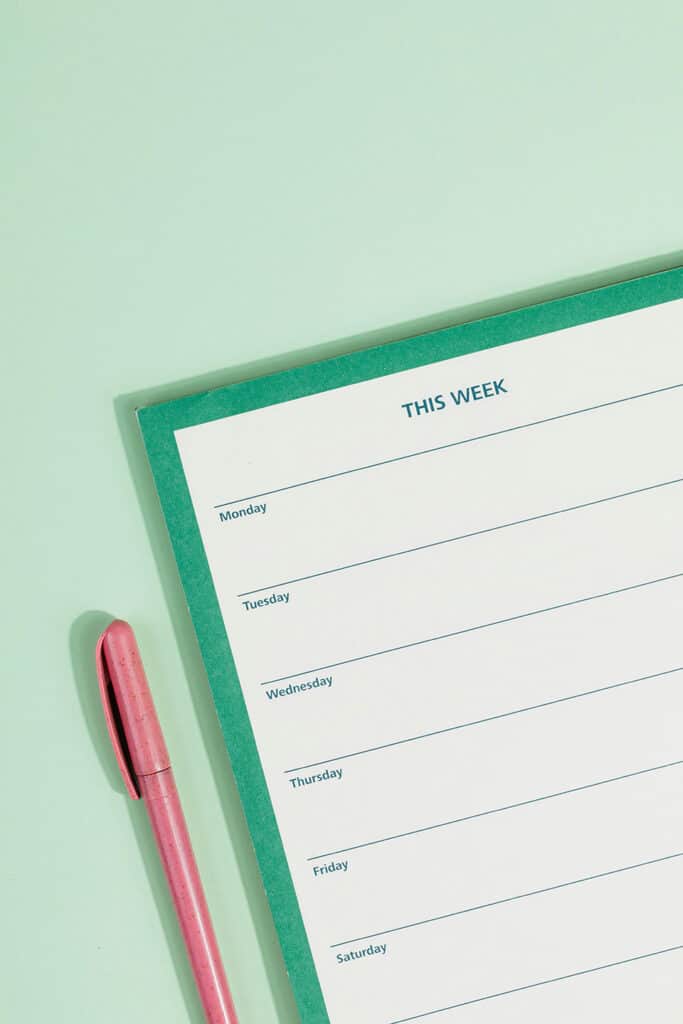
Weekly self-care involves setting aside dedicated time each week to prioritize your well-being and recharge your mind, body, and spirit.
With the help of self-care planners or a journal, you can structure your week by setting goals, tracking your progress, and scheduling self-care activities.
From daily journaling and bubble baths to spending quality time with friends and having family bonding, incorporating activities like meditation, yoga, and nature walks into your routine can provide balance and rejuvenation.
By prioritizing self-care and creating a weekly self-care checklist, you’ll establish a healthy sleep schedule and cultivate a sense of harmony in your life.
Here’s a list of 8 weekly self-care planner with short explanations and tips:
- Creative Art Session: Dedicate time each week to engage in a creative activity that inspires you, such as painting, drawing, or crafting.
- Tips:
- Set up a designated creative space with all necessary supplies.
- Experiment with different techniques or themes to keep it enjoyable.
- Allow yourself to express freely without worrying about the outcome.
2. Journaling for Reflection: Reflect on your thoughts, feelings, and experiences through journaling once a week.
- Tips:
- Choose a quiet time and place where you can write without interruptions.
- Write about significant events, challenges, or moments of gratitude.
- Use prompts or guided journaling exercises for deeper self-discovery.
3. Spa Night at Home: Treat yourself to a spa-like experience at home to relax and pamper your body.
- Tips:
- Create a soothing atmosphere with candles, essential oils, or soft music.
- Enjoy a warm bath with bath salts or bubble bath.
- Follow up with a skincare routine including a face mask and moisturizing treatments.
4. Learning Something New: Allocate time to learn a new skill or hobby that interests you.
- Tips:
- Choose something you’ve always wanted to try, such as cooking a new cuisine, learning a musical instrument, or studying a new language.
- Break down the learning process into manageable steps.
- Practice regularly and celebrate your progress along the way.
5. Community Volunteering: Dedicate time to contribute to your community through volunteering.
- Tips:
- Research local organizations or causes that align with your values and interests.
- Participate in a one-time event or commit to a regular volunteering schedule.
- Reflect on the impact of your efforts and the positive experiences gained from helping others.
6. Mindful Walking or Nature Exploration: Engage in mindful walking or explore nature in a new way.
- Tips:
- Choose a different location each week, such as a botanical garden, nature reserve, or urban park.
- Observe the details of your surroundings and connect with nature’s beauty.
- Practice deep breathing and mindfulness techniques to enhance the experience.
7. Digital Decluttering Session: Dedicate time to declutter your digital devices and online accounts.
- Tips:
- Organize files, photos, and emails into folders for easier access.
- Review and delete unnecessary apps, files, or subscriptions.
- Update privacy settings and passwords for enhanced digital security.
8. Gardening or Plant Care: Spend time nurturing plants indoors or outdoors as a therapeutic activity.
- Tips:
- Choose plants that suit your environment and level of care.
- Water, prune, and fertilize plants as needed to promote growth.
- Enjoy the calming effects of tending to living greenery and observing their progress.
These activities provide opportunities for personal growth, relaxation, and connection with oneself and others, promoting a well-rounded approach to self-care beyond the daily essentials.
Monthly Self-Care
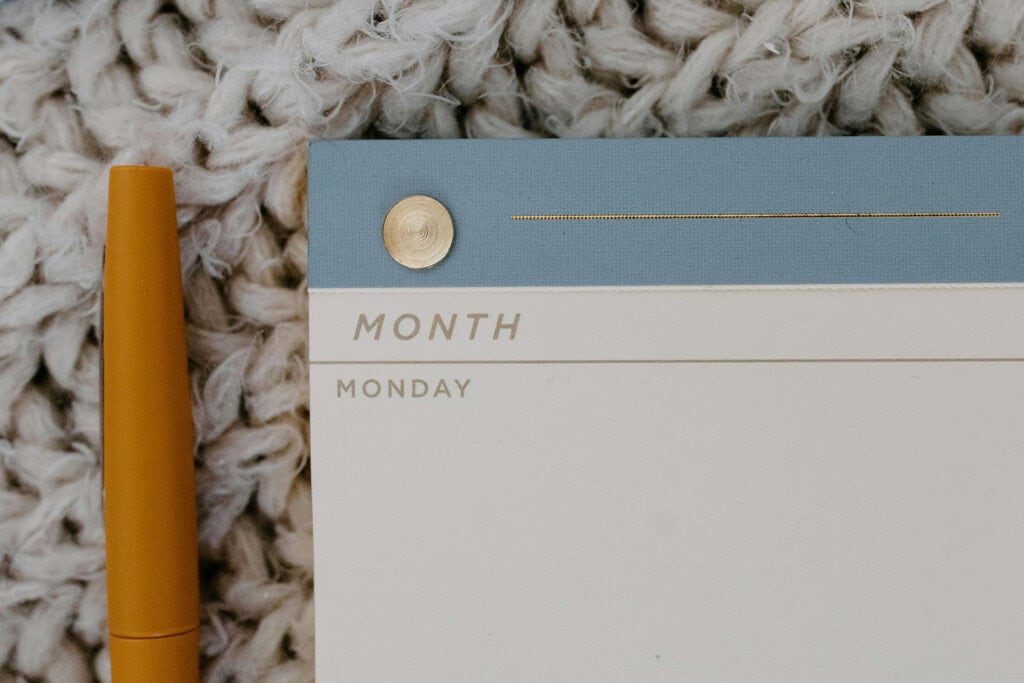
Monthly self-care involves setting aside dedicated time each week to prioritize your well-being through intentional activities and practices. By incorporating self-care activities into your routine, such as a relaxing spa day, indulging in a good book, or enjoying a movie marathon, you can recharge and rejuvenate your mind, body, and spirit.
With monthly self-care, you can cultivate a life filled with balance, focus, and wellness, making each day a dusty rose in the bouquet of your life planners.
Here’s 6 monthly self-care activities, each with tips on how to achieve them:
- Creative Expression Session: Explore your creativity through art, writing, or music to enhance self-expression.
- Tips:
- Create a designated space with art supplies, a journal, or musical instruments.
- Allow yourself to experiment without worrying about the outcome.
- Join creative workshops or classes to learn new techniques.
2. Relaxing Bath Ritual: Indulge in a soothing bath to unwind and alleviate tension.
- Tips :
- Add bath salts, essential oils, or bubble bath for a luxurious experience.
- Dim the lights and play soft music to create a calming ambiance.
- Take your time and focus on relaxation without distractions.
3. Outdoor Exploration Adventure: Venture into nature for a day of hiking, biking, or exploring new outdoor spaces.
- Tips:
- Research nearby trails or parks with scenic views.
- Pack essentials like water, snacks, and sunscreen for comfort.
- Invite friends or family to join for a shared outdoor experience.
4. Gratitude and Reflection Practice: Take time to reflect on positive moments and express gratitude.
- Tips:
- Keep a gratitude journal to jot down things you’re thankful for each day.
- Set aside quiet time for self-reflection and mindfulness.
- Share your gratitude with others through notes or messages.
5. Personal Development Workshop: Attend a workshop or seminar to learn new skills or insights for personal growth.
- Tips:
- Research topics of interest such as mindfulness, communication, or goal setting.
- Register for online courses or local events that fit your schedule.
- Engage actively by taking notes and participating in discussions.
6. Self-Care Check-In: Assess your physical, emotional, and mental well-being with regular health and wellness activities.
- Tips:
- Schedule routine medical check-ups, including dental and eye exams.
- Monitor your diet, hydration, and sleep patterns for optimal health.
- Seek support from healthcare professionals or counselors if needed.
These activities can be spread throughout the month to create a balanced self-care routine that addresses various aspects of well-being. Customize each activity based on your preferences and lifestyle to ensure it supports your overall health and happiness.
Yearly Self-Care

Yearly self-care is an opportunity for personal growth and reflection, facilitated by your self-care planner. Start by envisioning your goals and aspirations for the year ahead, perhaps creating a vision board to visualize your dreams. Plan self-care trips or indulge in purchases that bring you joy.
Celebrate accomplishments, big or small, and track your progress with a wellness tracker. Invest in your fitness and well-being, whether through gym memberships or outdoor adventures.
Reflect on your struggles and successes, adjusting your self-care tasks accordingly. With your care planner as your guide, focus on nurturing yourself holistically, ensuring a year of balance, growth, and fulfillment.
Here’s 10 yearly self-care planner activities, with explanations and tips:
- Dental Check-ups: Schedule bi-annual dental check-ups and cleanings for oral health maintenance.
- Tips:
- Set reminders for appointments.
- Brush and floss regularly to maintain oral hygiene.
- Discuss any concerns or issues with your dentist.
2. Annual Vision Exam: Visit an optometrist for a comprehensive eye exam to monitor vision and eye health.
- Tips:
- Update eyeglass or contact lens prescriptions as needed.
- Practice good eye care habits, like wearing UV protection sunglasses.
- Report any changes in vision or eye discomfort promptly.
3. Quarterly Financial Check-in: Review your financial goals and budget to ensure financial well-being.
- Tips:
- Evaluate spending habits and adjust budgets accordingly.
- Save and invest for future financial security.
- Seek advice from a financial advisor if needed.
4. Annual Skin Screening: Schedule an annual skin check-up with a dermatologist to monitor for skin cancer and other skin conditions.
- Tips:
- Perform regular self-examinations of your skin between appointments.
- Use sunscreen and protective clothing to prevent skin damage.
- Report any changes in moles or skin abnormalities to your dermatologist.
5. Travel Adventure: Plan a trip or vacation to explore new places and recharge.
- Tips:
- Research destinations that align with your interests and budget.
- Create an itinerary to make the most of your time away.
- Pack essentials, including medications and travel insurance.
6. Volunteer or Community Service Day: Dedicate time to give back to your community or a cause you care about.
- Tips:
- Research local volunteer opportunities or community events.
- Coordinate with friends or family to volunteer together.
- Reflect on the positive impact of your service on others and yourself.
7. Creative Expression Session: Engage in a creative activity like painting, writing, or crafting to unwind and express yourself.
- Tips:
- Set aside dedicated time for your chosen creative outlet.
- Join a class or workshop to learn new skills and meet like-minded individuals.
- Allow yourself to explore without judgment or pressure to create a masterpiece.
8. Health & Wellness Retreat: Attend a retreat focused on holistic health practices such as yoga, meditation, and healthy eating.
- Tips:
- Research reputable retreats that align with your wellness goals.
- Prepare by packing comfortable clothing and necessary toiletries.
- Disconnect from everyday stressors and fully immerse yourself in the retreat experience.
These additions to your yearly self-care planner aim to enhance various aspects of your well-being, from physical health and financial stability to creativity and community engagement. Customize your plan to suit your preferences and prioritize activities that resonate most with your personal goals and needs.
4. Self-Care for Work-Life Balance

Achieving work-life balance is essential for overall wellness, and a self-care planner can be a valuable tool in this endeavor. By integrating daily tasks and self-care activities into a single undated planner, individuals can better manage their time and prioritize self-care among the hustle and bustle of daily life.
Here are 10 tips for “Self-Care and Work-Life Balance”:
- Define specific work hours and stick to them.
- Communicate your availability to colleagues and family.
- Create a dedicated workspace to physically separate work from personal life.
- Use a to-do list to manage daily tasks.
- Focus on high-priority tasks first.
- Delegate or postpone non-essential tasks when necessary.
- Follow the Pomodoro Technique: work for 25 minutes, then take a 5-minute break.
- Step away from your desk during breaks to stretch or take a short walk.
- Use breaks to relax and recharge, avoiding work-related activities.
- Avoid overcommitting by learning to say no when necessary.
5. Identifying Your Self-Care Needs
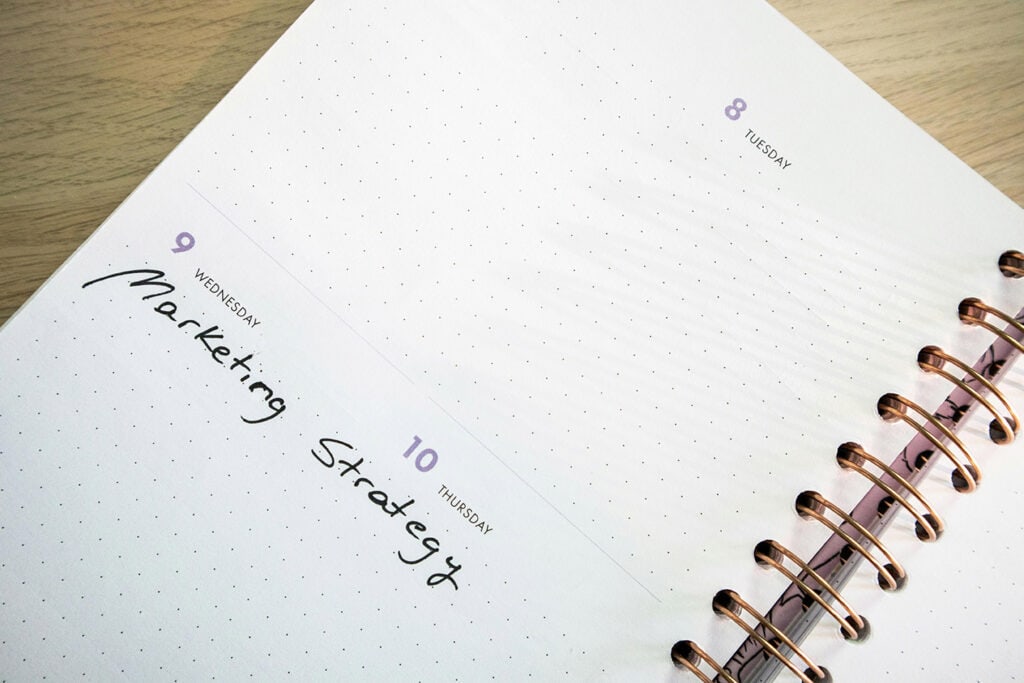
Identifying your self-care needs is a crucial step in crafting a personalized daily planner that brings wellness. Begin by assessing your current routines and habits, noting areas where you feel depleted or overwhelmed.
Consider incorporating new colors or designs into your self-care planners to make them visually appealing and inviting. Take stock of your physical, mental, and emotional well-being, noting any tasks or activities that replenish your energy and bring you joy.
By prioritizing your self-care needs in your daily planner, you can cultivate a lifestyle that promotes balance, resilience, and overall wellness.
Here are 10 tips on how to identify your self-care needs:
- Reflect on your daily routines and habits.
- Pay attention to your physical and emotional reactions to stress.
- Identify activities that make you feel relaxed and happy.
- Note down times when you feel overwhelmed or exhausted.
- Assess your diet, sleep patterns, and exercise habits.
- Ask for feedback from close friends or family.
- Consider your hobbies and interests and how often you engage in them.
- Take note of any recurring health issues or symptoms.
- Evaluate your work-life balance and how it affects your well-being.
- Prioritize areas of your life where you feel you need the most support.
See also Self-Care Night Checklist: 10 Routines to Your Evening Relaxation
Self-Care Planner: A Recap
Incorporating new colors into your self-care planner can add vibrancy and motivation to your wellness journey. As you track your daily tasks and activities, these refreshing hues can uplift your mood and inspire productivity.
Whether it’s a splash of calming blue for relaxation or a pop of energizing yellow for focus, color plays a powerful role in enhancing your self-care experience.
With your self-care planner as your guide, you’ll start a journey of self-discovery and growth, equipped with the tools to nurture your well-being and live your best life.


